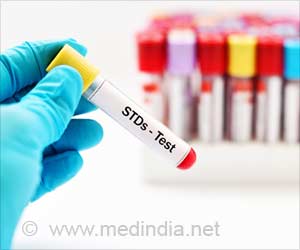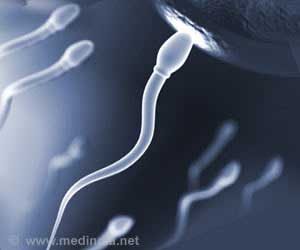Understanding the mechanism behind a multicomponent protein complex known as beta-barrel assembly machinery (BAM) helps develop new therapies for gonorrhea.

‘Understanding the structure and functions of a protein in Neisseria gonorrhoeae can help develop new therapies to treat gonorrhea.’





The findings are especially important as Neisseria gonorrhoeae is considered a "superbug" because of its resistance to all classes of antibiotics available for treating infections.Gonorrhea, a sexually transmitted disease whose numbers grow by 78 million new cases worldwide each year, is highly damaging to reproductive and neonatal health if untreated or improperly treated.
It can lead to endometritis, pelvic inflammatory disease, ectopic pregnancy, epididymitis and infertility. Babies born to infected mothers are at increased risk of blindness.
Research led by co-corresponding authors Aleksandra Sikora of Oregon State University and Nicholas Noinaj of Purdue University provides key structural and functional insights into a multicomponent protein complex known as BAM, short for beta-barrel assembly machinery.
In Gram-negative bacteria, BAM is responsible for the biogenesis of beta-barrel proteins on the cells' outer membranes.
Advertisement
BamA is the beta-barrel assembly machinery's primary component, and this study took a look at two other components, BamD and BamE.
Advertisement
However, when BamE was knocked out in experiments, BamD moved to the surface.
"The loss of BamE altered cell envelope composition and led to slower cell growth," said Sikora, associate professor in the OSU College of Pharmacy. "It also led to an increase in both antibiotic susceptibility and the formation of membrane vesicles containing greater amounts of vaccine antigens."
Sikora noted that both BamD and BamE are expressed in diverse gonococcal isolates and throughout different phases of growth.
"The solved structures of Neisseria BamD and BamE share overall folds with E. coli proteins but there are also differences that may be important for function," she said. "So even though BAM is conserved across Gram-negative bacteria, there are structural and functional differences from species to species that can likely be exploited in developing species-specific therapeutics to combat multidrug resistance."
For example, in E. coli, BamE is not surface exposed; also, the absence of BamE in E. coli does not lead BamD to become displayed on the outer membrane.
"That's further evidence that BamE may be a new vaccine target against N. gonorrhoeae," Sikora said. "We did a lot of biology as well as structure solving that give us tools for enabling new therapies. In the battle against multidrug resistance, the ideal way of preventing disease is a vaccine, and having a structure of BamE opens the door to a structural vaccinology approach."
Source-Eurekalert












